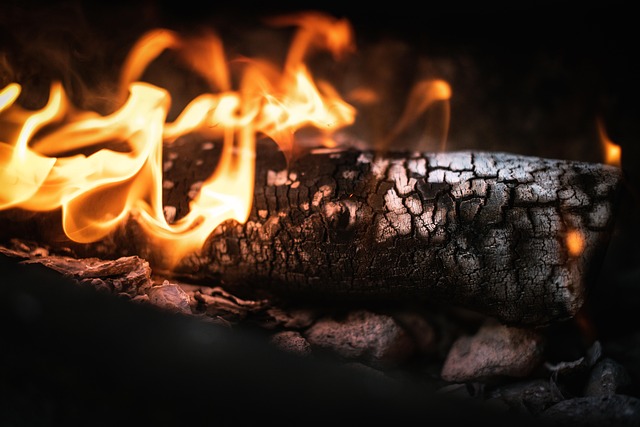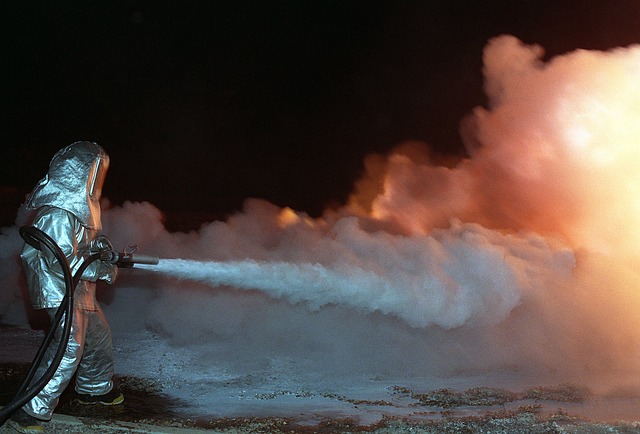Fire residue containment is a vital step in Texas fire damage restoration, often missed during insurance claims. Homeowners should review their policy, document everything, and contact insurers immediately. The initial recovery phase involves specialized equipment to remove hazardous byproducts, followed by meticulous documentation for a successful claim process tailored to Texas residents.
“Fire restoration after a devastating blaze is not just about rebuilding; it’s about ensuring safety and minimizing residue impact. This comprehensive guide delves into the critical process of fire residue containment, the first step in any Texas home’s recovery journey. We’ll explore effective strategies to navigate fire damage insurance claims, offering valuable tips for Texas homeowners. By understanding these key aspects, you can ensure a safe, efficient restoration process.”
- Understanding Fire Residue Containment: The First Step in Fire Damage Restoration
- Navigating Fire Damage Insurance Claims: Tips for Texas Homeowners
- Effective Strategies to Ensure Safe and Efficient Fire Restoration in Your Texas Home
Understanding Fire Residue Containment: The First Step in Fire Damage Restoration

Fire residue containment is a critical step in fire damage restoration, often overlooked but essential for a successful recovery. For Texas homeowners facing the aftermath of a fire, understanding this process is vital when navigating their fire damage insurance claim tips. It involves more than just putting out the flames; it’s about securing and managing the remaining hazardous materials to ensure a safe environment.
When a fire occurs, various byproducts are left behind, including smoke, soot, and toxic gases. These residues can pose significant risks to health and property if not properly contained and cleaned. The initial step in fire restoration is to contain these residues to prevent further damage and contamination. This process often includes sealing off affected areas, setting up containment barriers, and employing specialized equipment to capture and neutralize hazardous elements. By implementing effective fire residue containment measures, homeowners can ensure a thorough cleanup, reduce potential health hazards, and expedite their recovery process, making it easier to rebuild and reclaim their homes with the help of fire damage insurance claims tips for Texas homeowners.
Navigating Fire Damage Insurance Claims: Tips for Texas Homeowners

Navigating fire damage insurance claims can be a complex process, especially for Texas homeowners who have never gone through it before. The first step is to understand your policy and coverage limits. Review your insurance policy documents thoroughly and make note of what is covered and what isn’t in case of fire damage. This includes understanding the difference between actual cash value and replacement cost coverage, as well as any deductibles or exclusions.
Once you have a clear idea of your coverage, document all fire residue and damage with photos and videos. Keep detailed records of expenses related to temporary housing, repairs, and replacements. This will help when filing your fire damage insurance claim for Texas homeowners. Contact your insurance provider promptly and follow their procedures carefully. Be prepared to provide them with the necessary documentation and information to facilitate a smooth claims process.
Effective Strategies to Ensure Safe and Efficient Fire Restoration in Your Texas Home

Restoring your Texas home after a fire can be a daunting task, but with the right strategies, it can be done efficiently and safely. The first step is to ensure that all fire residue is contained and properly disposed of. This involves using specialized equipment like HEPA vacuums and wet vacuums to eliminate ash and soot from surfaces and HVAC systems. Professionals recommend sealing off affected areas and wearing appropriate personal protective equipment (PPE) to prevent the spread of harmful particles.
For Texas homeowners, managing a fire damage insurance claim is crucial. Begin by documenting every detail – photos of damage, inventory lists, and receipts for repairs or replacements. Keep records of all communications with your insurer and contractors. Understanding your policy coverage and communicating clearly with your insurance provider will help ensure a smooth claims process. Remember that prompt action can make a significant difference in the outcome of your fire damage insurance claim tips for Texas homeowners.
Fire restoration after a damaging event requires careful navigation, especially for Texas homeowners. Understanding fire residue containment is a crucial first step, as it forms the basis for safe and efficient restoration. By effectively managing post-fire debris and following insurance claim tips tailored to Texas’s unique context, residents can ensure their homes are restored to their former glory while navigating the complexities of fire damage insurance claims with confidence.
